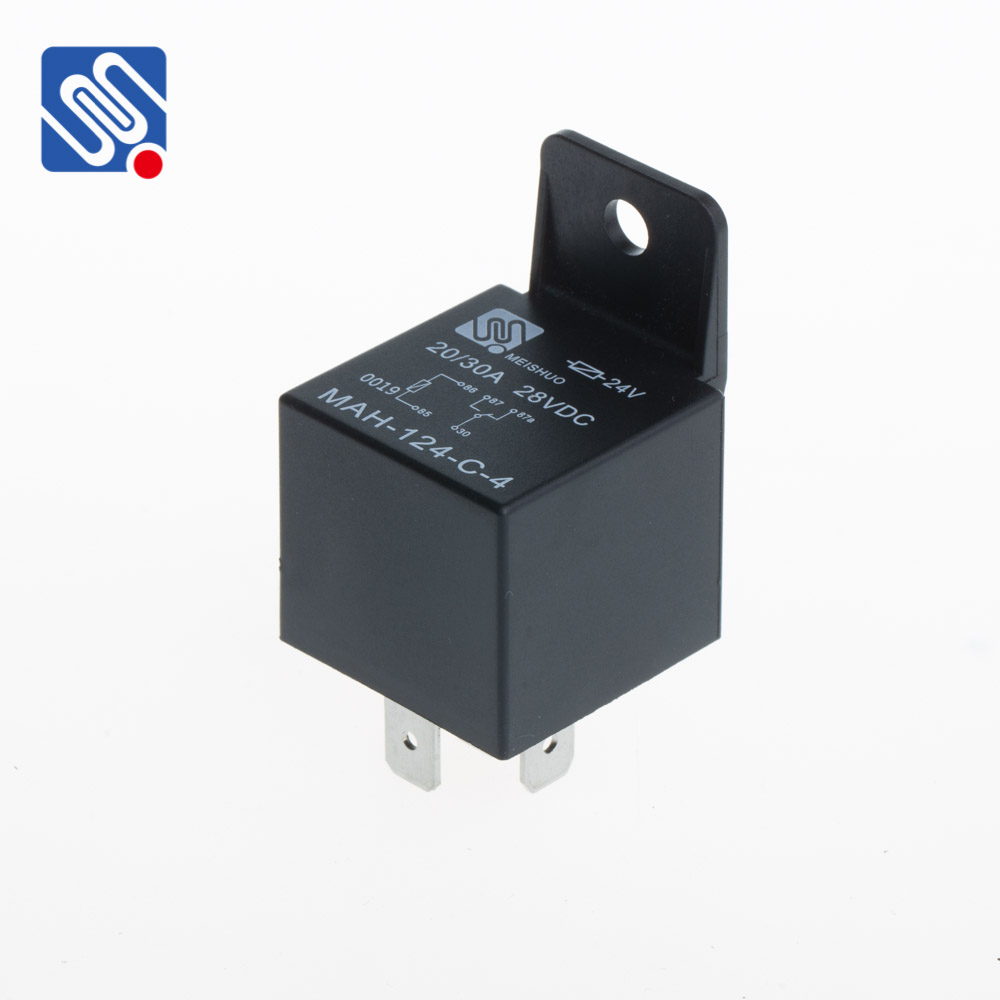relay operation guide: a comprehensive overview with meishuo integration
Release time:2025-04-27 06:10:12
Relays are essential components in electrical systems, enabling efficient control of high-power circuits with low-power signals. They are widely used in a variety of applications such as home appliances, industrial machinery, and automotive systems. In this relay operation guide, we will focus on understanding how relays function and how Meishuo, a reliable provider of advanced relay solutions, enhances the overall operation of relays for various applications.

Understanding the Basics of Relay Operation
A relay is an electrically operated switch that allows a small current to control a much larger current. It consists of an electromagnet, a set of contacts, and a spring. When an electric current flows through the electromagnet, it generates a magnetic field that pulls the contacts together or separates them, thus switching the circuit on or off. This fundamental principle enables the relay to control various devices, even if they operate on different voltage levels.
Relays can be classified into several types, including electromagnetic relays, solid-state relays, and reed relays. Each type has specific advantages depending on the application. Electromagnetic relays are the most common and are favored for their reliability and simplicity. However, in more advanced systems, solid-state relays are preferred for their faster switching times, longer lifespan, and resistance to physical wear.

